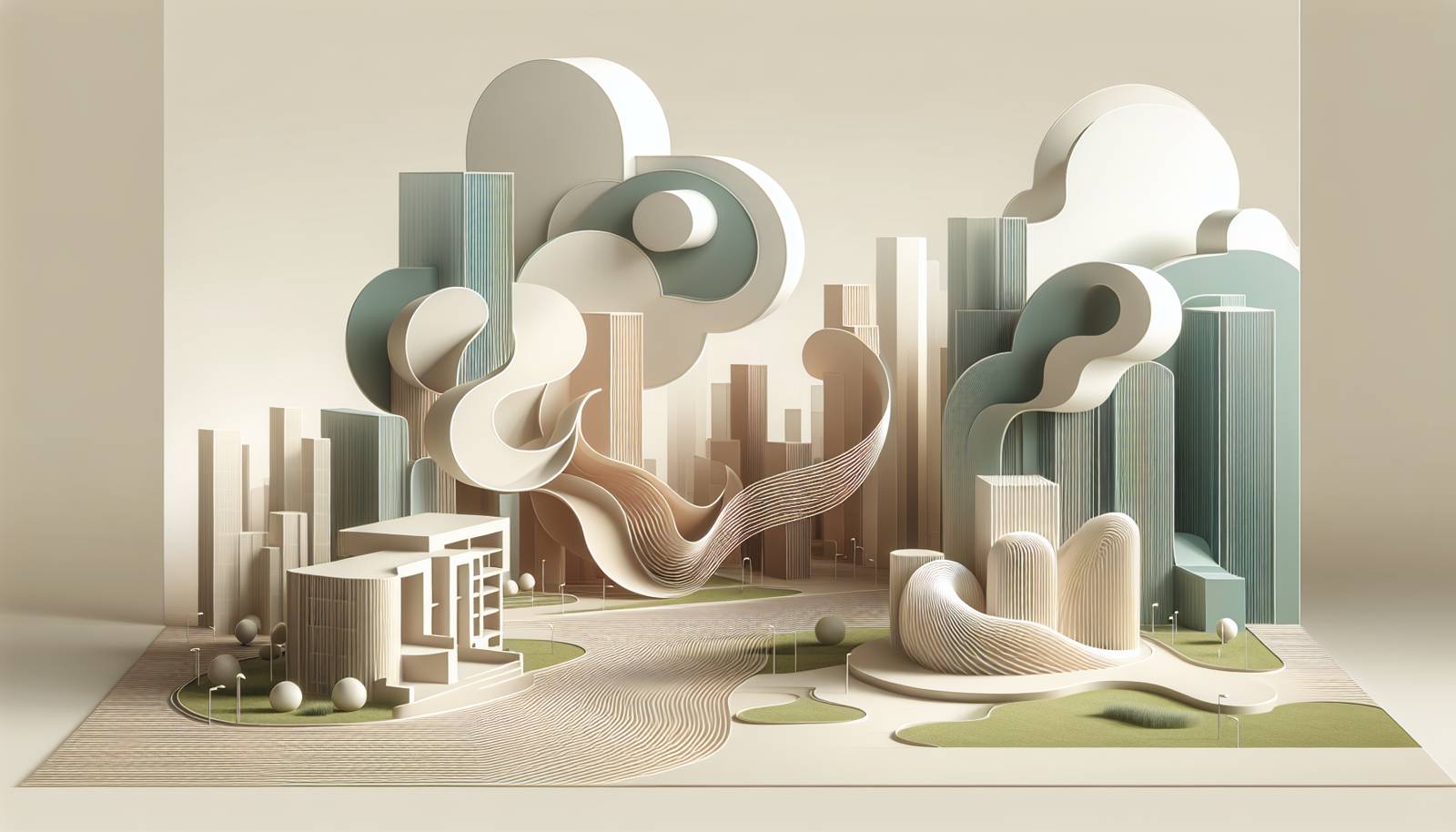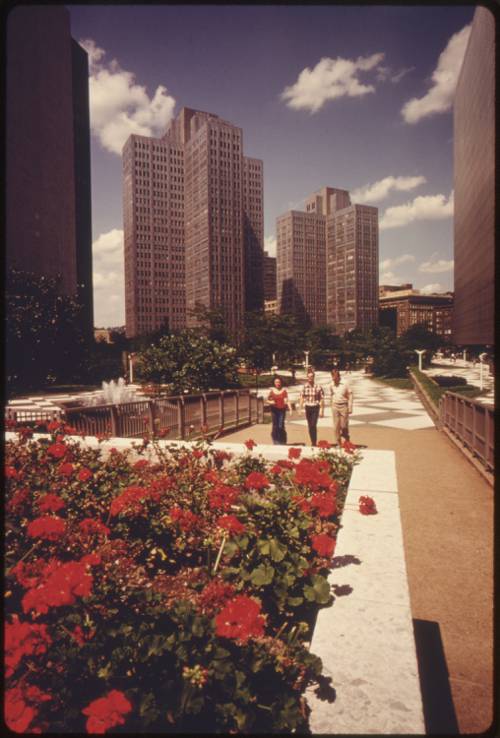
FAQ About The Role of Public Sculpture in Urban Renewal

What is urban renewal?
Urban renewal refers to the process where an urban environment is revitalized, typically involving the redevelopment of areas that are underdeveloped, neglected, or in decline. This includes improving infrastructure, housing, public spaces, and amenities to enhance living conditions, stimulate economic growth, and increase property values. Public art, such as sculptures, can play a significant role in these revitalization efforts by making areas more attractive and culturally vibrant.

How do public sculptures influence urban renewal?
Public sculptures can serve as focal points in urban spaces, attracting tourists and locals alike, which can stimulate economic activity and interest in neglected areas. These artworks foster a sense of community pride and identity, enhancing the cultural landscape of a city. By drawing attention to an area, they can lead to increased foot traffic, investment, and redevelopment efforts, thus supporting urban renewal.

Why is community pride important in urban renewal?
Community pride is crucial in urban renewal because it encourages residents to engage more actively with their environment, fostering a sense of ownership and responsibility. Public sculptures can contribute to community pride by reflecting local heritage, values, and creativity, making residents feel more connected to their locale. This increased engagement can lead to better maintenance of public spaces and a collaborative effort in the continuous improvement of urban areas.

Can public sculptures boost tourism in urban areas?
Yes, public sculptures can significantly boost tourism in urban areas. They often become iconic landmarks or cultural attractions that visitors seek out. This influx of tourists not only stimulates local businesses but also brings attention to the city as a hub of artistic and cultural interest, contributing to its broader economic and societal renewal.

In what ways do public sculptures foster cultural identity?
Public sculptures foster cultural identity by embodying local history, social values, or shared narratives of a community. They reflect the unique characteristics of a place, serving as tangible representations of its cultural fabric. By doing so, they can enhance a city's distinctiveness and strengthen the bonds among residents by celebrating shared stories and traditions.

What are some examples of public sculptures that have contributed to urban renewal?
Examples of public sculptures that have contributed to urban renewal include "The Angel of the North" in Gateshead, UK, and "Cloud Gate" (popularly known as "The Bean") in Chicago, USA. These works have become iconic symbols of their respective cities, driving tourism, fostering community pride, and catalyzing economic and cultural development around them.

How can public art be integrated into urban development plans?
Public art can be integrated into urban development plans by involving artists and cultural experts in the planning stages of urban projects. Collaborating with these stakeholders ensures that art is strategically placed to enhance public spaces, complement architectural designs, and address the social and cultural needs of the community. Art commissions, public-private partnerships, and funding allocations for art installations can also facilitate this integration.

Are there any economic benefits associated with public sculptures in cities?
Yes, there are numerous economic benefits associated with public sculptures. They can attract more visitors to a city, leading to increased spending in local shops, restaurants, and hotels. These sculptures often become attractions that draw investment to surrounding areas, including new businesses and real estate developments, thereby boosting the local economy. Additionally, they can help increase property values in their vicinity due to the area's enhanced appeal.

How do public sculptures affect community engagement?
Public sculptures can significantly enhance community engagement by serving as platforms for dialogue, education, and interaction. They can host cultural events, workshops, or tours that involve local residents, thereby encouraging active participation in cultural and urban life. The artworks often provoke discussions and bring diverse groups together, fostering a more integrated and engaged community.

Do public sculptures have any environmental impacts?
Public sculptures can positively impact the environment by transforming neglected or deteriorated areas into vibrant public spaces. They can be part of green urban initiatives that include landscaping and pedestrian-friendly designs. Additionally, some sculptures are designed using sustainable materials or methods, showcasing environmentally conscious art practices and encouraging sustainability awareness among the public.

What challenges might cities face when introducing public sculptures?
Cities might face various challenges when introducing public sculptures, such as securing funding, selecting appropriate locations, and ensuring public support. There can also be debates about the relevance or artistic value of the sculptures chosen. Additionally, maintenance costs and potential vandalism are other concerns that cities might need to address to sustain the positive impact of these artworks.

How does public art contribute to placemaking?
Public art contributes to placemaking by transforming spaces into memorable, vibrant, and inviting environments. Through artistic interventions, such as sculptures, public places become unique and culturally enriched, fostering a stronger sense of community and belonging. These enhanced areas encourage people to gather, interact, and engage actively with their surroundings, thus promoting social cohesion and urban vitality.

Can public sculptures influence urban safety?
Yes, public sculptures can influence urban safety by activating spaces that might otherwise be underused or neglected. The presence of cultural landmarks can increase foot traffic and surveillance, making areas feel safer for residents and visitors alike. By encouraging more public engagement and economic activity, sculptures contribute to a vibrant and secured urban environment.

What role do artists play in urban renewal through public sculptures?
Artists play a critical role in urban renewal through public sculptures by providing creative insights that inspire new ways of understanding and utilizing urban spaces. They help integrate community values and innovative designs into the urban fabric, creating artworks that resonate with the public and enhance cultural identity. Their involvement is fundamental in redefining and revitalizing civic areas, making them more attractive and livable.

How can public sculptures address social issues?
Public sculptures can address social issues by raising awareness and prompting discussions on relevant topics, such as equality, diversity, and historical events. They serve as visual narratives that can challenge perceptions and inspire collective reflection among community members. Artworks designed to highlight social themes can engage with local narratives and become catalysts for social change and understanding.

Do public sculptures require maintenance?
Yes, public sculptures require regular maintenance to preserve their aesthetic and structural integrity. Maintenance involves cleaning, repairing, and sometimes restoring artworks to prevent deterioration due to weather conditions or vandalism. Proper maintenance ensures the sculptures continue to contribute positively to the urban environment long-term.

How do public sculptures interact with their surroundings?
Public sculptures are thoughtfully designed to interact with their surroundings by complementing the existing architectural and natural features of the area. They often incorporate elements that reflect the environment’s cultural and social context, thereby enhancing the locality's unique identity. This interaction can transform spaces into cohesive and harmonious visual experiences for the public.

Why are location and placement important for public sculptures?
Location and placement are crucial for public sculptures because they influence the accessibility, visibility, and impact of the artwork. Strategically placed sculptures can attract more visitors and engage a wider audience, making them effective tools for urban renewal. Proper placement ensures sculptures enhance public spaces, complementing the urban landscape and encouraging interaction with the community.

Can public sculptures affect local property values?
Yes, public sculptures can positively affect local property values by making an area more aesthetically pleasing and culturally significant. Their presence can attract businesses and residents who value living in an artistically enriched environment, leading to increased demand and potentially higher property prices. This uplift is part of the broader economic benefits linked to successful urban renewal projects.

How are public sculptures funded?
Public sculptures are often funded through a mix of public and private sources. This includes government grants, cultural funding programs, private donations, sponsorships, and developer contributions. Funding strategies may involve partnerships between municipalities, arts organizations, and businesses to ensure the creation and sustainability of public art projects.
